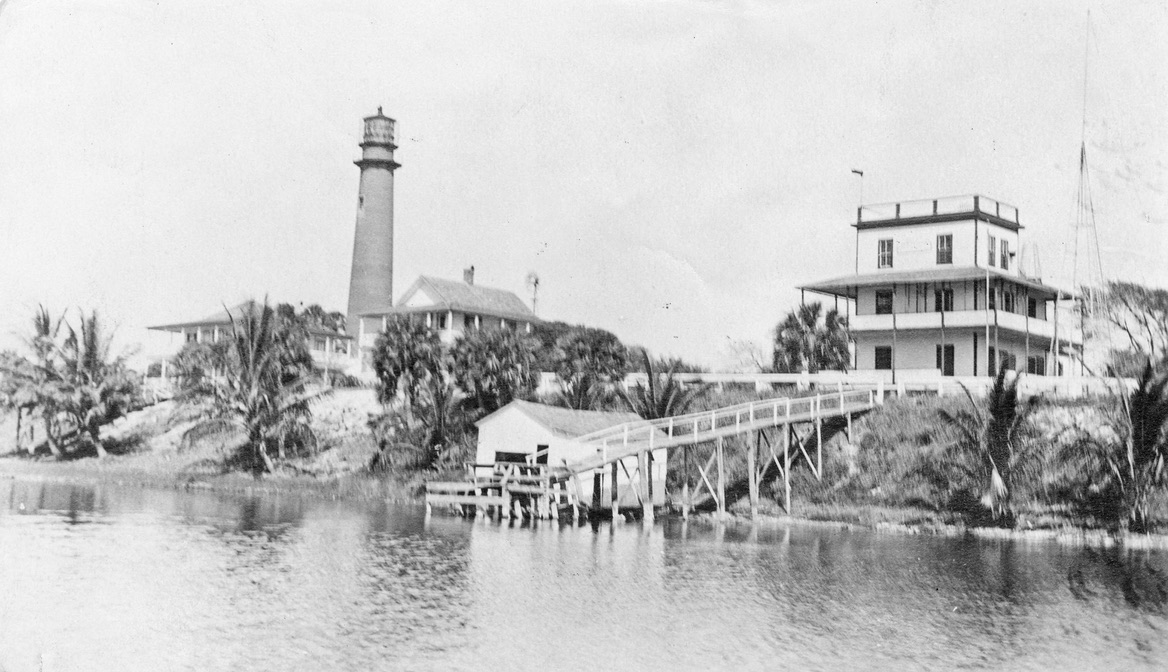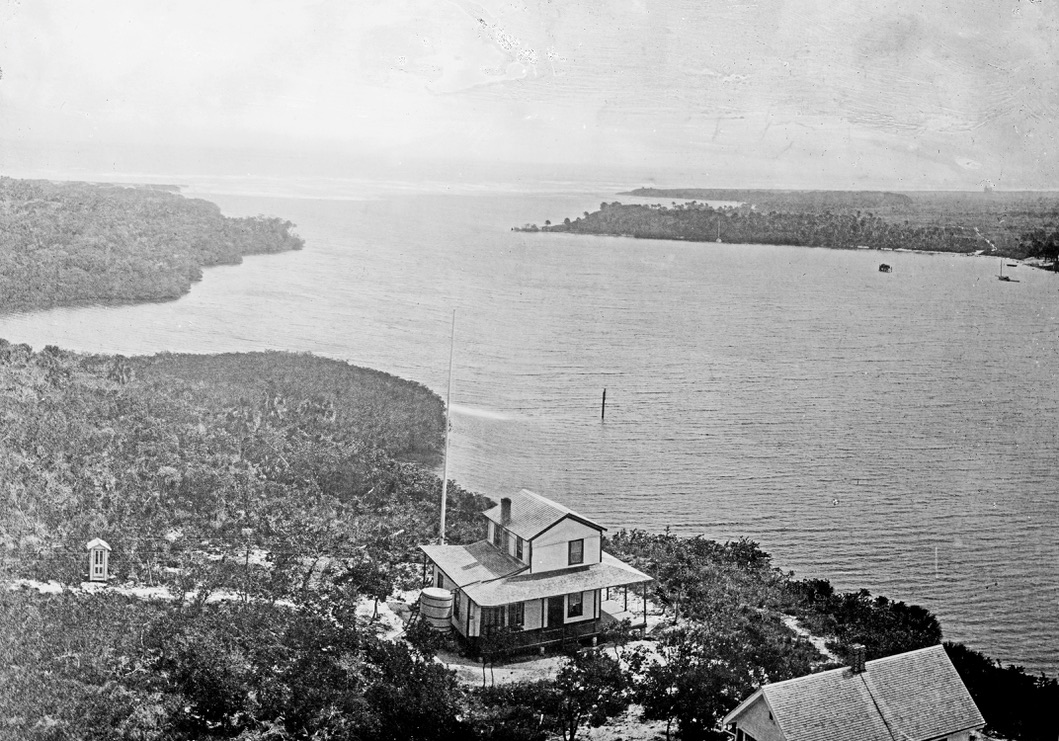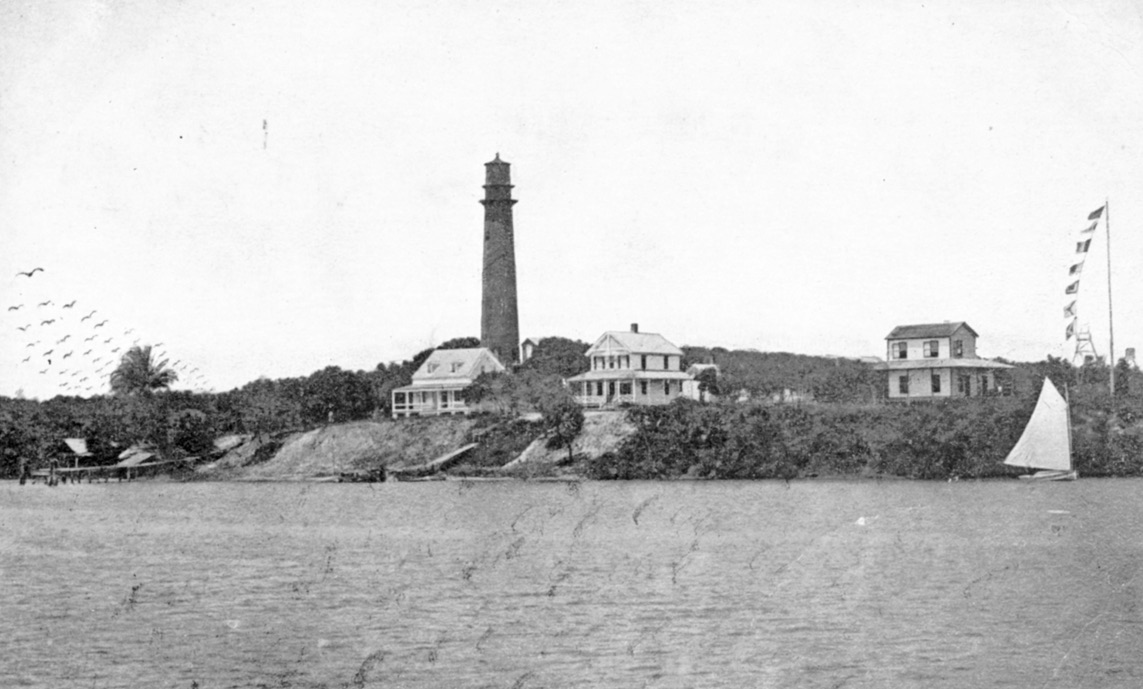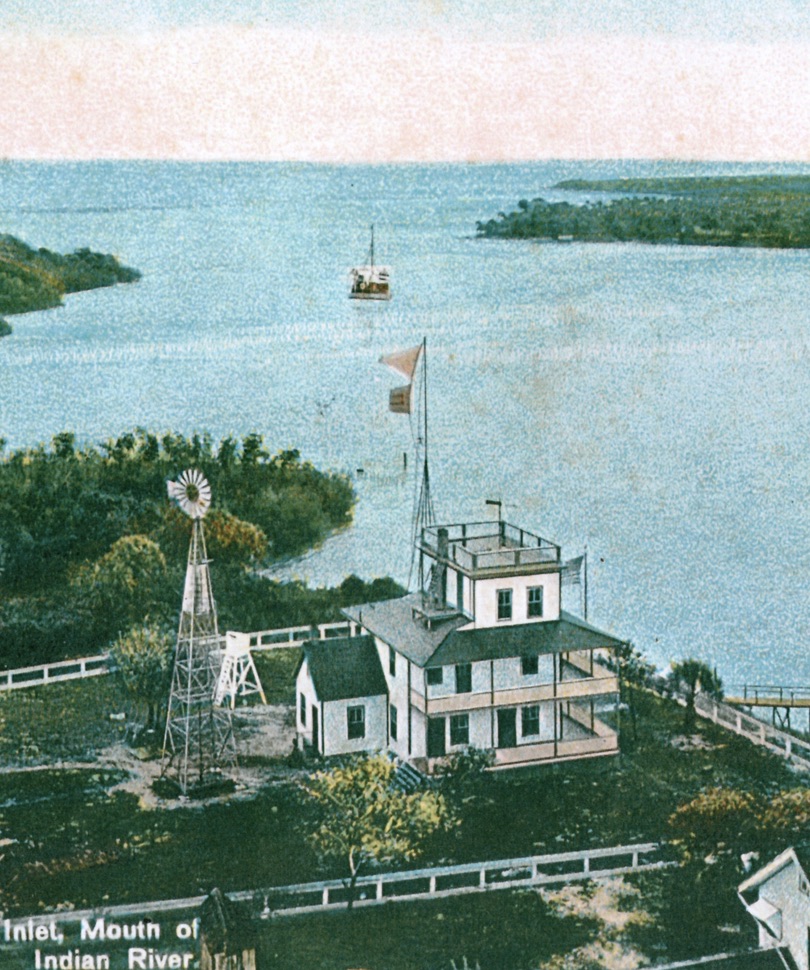Exploring the History of the Jupiter Weather Bureau
![]() 6 min read
6 min read
The history of the National Weather Service (NWS) is a journey through time, reflecting the evolution of meteorological science and communication. As the NWS celebrated its 150th anniversary on February 9, 2020, the story of its early days is intertwined with the history of many places, including Jupiter, Florida. The Jupiter Weather Bureau Station, an integral part of this history, played a crucial role in maritime safety and weather forecasting for Southeast Florida.

The Jupiter Weather Bureau Station as it looked from 1903 to 1928.
The Origins of the National Weather Service
The NWS began its journey as the “Division of Telegrams and Reports for the Benefit of Commerce” within the US Army Signal Corps in 1870. Initially, the service operated weather stations in rented commercial buildings. Among the first 24 stations was an office in Key West, chosen for its strategic underwater telegraph connection to Havana, Cuba, and the Florida Gulf Coast. This early setup laid the groundwork for the establishment of more weather stations, including the pivotal station at Jupiter.

The original weather bureau building as viewed from the Jupiter Inlet Lighthouse. (William Henry Jackson, Library of Congress)
Jupiter's Strategic Significance
In January 1886, maritime interests pushed for the establishment of a signal station at Jupiter. This request was echoed by Rep. Egbert L. Viele of New York, leading to Congressional funding for a government telegraph line to Jupiter and the construction of weather and signal offices. 2nd Lt. B. M. Purssell, who supervised the construction, was commended for his dedication and precision.
The finished telegraph line stretched 130 miles from Jupiter to Titusville, connecting with the railroad-operated telegraph line. The Jupiter Weather and Signal Station began operations on January 1, 1888, becoming the first weather station in Southeast Florida. Its strategic location supported maritime interests by providing quick communication with the nearby lighthouse and lifesaving station.
Operations and Challenges
By June 30, 1888, Jupiter was one of 180 government weather stations. In 1890, the Weather Bureau was transferred from the War Department to the Department of Agriculture, officially becoming the Weather Bureau on July 1, 1891. This transfer transformed the personnel from military enlistees to civilian federal employees.
In early 1892, a Western Union telegraph line reached Jupiter via an inland route, connecting to a new underwater line to Nassau, Bahamas. The Assistant Observer position at Jupiter was discontinued in August 1893, as the station’s responsibilities were streamlined. The government telegraph line faced numerous challenges, including damage from a tropical storm in October 1893. The Florida East Coast Railway repaired the line, allowing it to use the telegraph system for its operations. When the railway’s own telegraph line reached Jupiter in 1894, the government line was discontinued and auctioned off.
Daily Duties and Community Engagement
The weather duties at Jupiter in the 1890s were comprehensive: recording temperature, pressure, relative humidity, dewpoint, and river stage daily at 8 AM and 8 PM, and transmitting this information within 20 minutes. Observers also submitted weekly, monthly, quarterly, and annual reports, flew signal flags to indicate weather conditions, and posted weather reports and warnings at the post office and railroad depot. Additionally, they provided weather reports to local newspapers like the Tropical Sun, which also flew storm flags based on the Jupiter station’s signals. These posted warnings were particularly important in a time before radio and television became common in homes.
An interesting historical footnote is the role of the Jupiter Weather Bureau Station during the Spanish-American War. The battleship USS Oregon, after its famous journey around South America, arrived at Jupiter Inlet in May 1898. The captain used the station’s telegraph to report to the Navy Department, highlighting the strategic importance of the Jupiter station.

Jupiter Inlet Lighthouse and Weather Bureau ca. 1900 Note signal flags on right.
Expansion and Closure
In 1902, the original 1.5-story weather bureau building was significantly expanded to accommodate Observer Hal Hardin and his growing family. The new structure featured three stories, an observation platform, a wraparound veranda, and an attached kitchen. This expansion transformed the station into a more substantial and recognizable landmark.
By 1911, the Weather Bureau had grown to include 200 stations and 600 employees. The Jupiter Weather Bureau Station closed in April of that year with the opening of the first Miami Weather Bureau Office, which eventually evolved into the National Hurricane Center. The NWS recognizes the Jupiter Weather Bureau Station as the ancestor of the Miami office.

Jupiter Weather Bureau Station, 1907
Post-Weather Bureau Use and Preservation Efforts
After its closure, the former weather building served various purposes, including housing for Navy radiomen and signalmen during World War I. In 1928, just as the building was repurposed as a lighthouse keeper dwelling, it was destroyed by the Okeechobee Hurricane.
Conclusion: A Legacy Remembered
The story of the Jupiter Weather Bureau is a compelling chapter in the history of the Jupiter Inlet Lighthouse & Museum. It is a tale of innovation, dedication, and resilience, set against the backdrop of a nation advancing its understanding of meteorology and communication.we honor the legacy of those who served and the enduring impact of their contributions. Visit the Jupiter Inlet Lighthouse & Museum to learn more about this rich history and ensure that the stories of the past continue to inspire future generations.
FAQs
What was the primary purpose of the Jupiter Weather Bureau Station?
The Jupiter Weather Bureau Station was established to record and transmit weather data, provide quick communication for maritime interests, and maintain telegraph lines for government and commercial use.
How were weather reports communicated from the Jupiter station?
Weather reports were recorded and transmitted twice daily via telegraph. Observers also used signal flags to indicate weather conditions and posted reports at local post offices and railroad depots.
Why was the Jupiter Weather Bureau Station significant during the Spanish-American War?
The station provided critical telegraph communication for the USS Oregon, allowing the battleship to report to the Navy Department after its journey around South America.
What happened to the Jupiter Weather Bureau Station after it closed?
The building was repurposed for various uses, including housing for Navy radiomen and signalmen during World War I, before being destroyed by the Okeechobee Hurricane in 1928.
How can visitors learn more about the Jupiter Weather Bureau Station?
Visitors can learn more by exploring exhibits at the Jupiter Inlet Lighthouse & Museum, attending special events like Loxahatchee River Heritage Day, and participating in guided tours.
